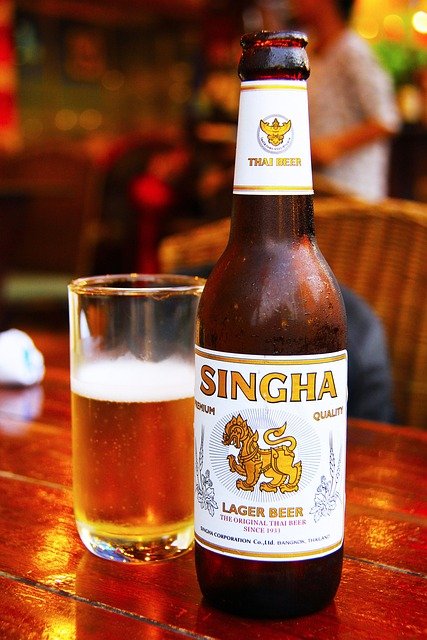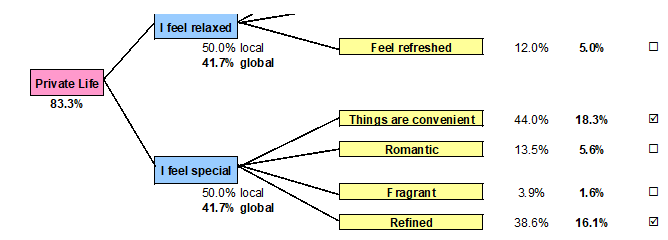"He was a wise man who invented beer." -- Plato
"I drink beer, therefore, I am." -- Anonymous
Modern QFD for Consumer Product Market Research and Branding
"Beer is one of the world's oldest prepared beverages, possibly dating back to the early Neolithic or 9000 BC," according to wikipedia. Other historians suggest later dates, so we may never know the exact origin of beer.
But one thing indisputable is that in many countries today, beer has become more than a popular beverage for adults. It has become a part of mainstream culture and a way of social life. It does not matter whether you are a beer drinker or not. The mere mention of beer evokes in us a communal, convivial social experience—the pub scenes in the TV show "Cheers," backyard BBQ, football and other sports events.
That much is easy to see. But if you are a brand brewer, how do you know who drinks your beer and why — especially if your operation and cultural base is thousands of miles away from the people who consume your product?
That is the situation Singha found itself in. The leading brewery and distributor of Thai beer has been seeing a big boom in business, thanks to the growing popularity of Thai food around the world, and Thai tourism.
"We sell our beer in the U.S., U.K., and Australia,
but we don't know why they drink it."
Becoming aware of their unawareness, the top management of Singha decided to embark on research of their foreign customers to better understand their interests, motivations, self-image, and other characteristics they might share, in order to assure their continuous business success.
The uniqueness of this project was purely to hear the inner voices of their non-Thai customers and how Singha Beer fits into their love of life. It was not to change the beer formulation, the logo or packaging, or any of the usual tangibles we see in common QFD and Kansei Engineering studies.
While traditional QFD tools such as the House of Quality matrix have enjoyed longtime use among product developers, the modern tools in Blitz QFD® add deeper analytic insight into the unspoken needs of the customer.
In this project, a custom tailored process was used. A common mistake is to forcing the company into a cookie-cutter QFD approaches such as the 4-phase QFD model. Such attempts disregard the reality that each company, its management of the product development process, its customers, technology, and other factors present unique challenges and they are not also good for the most efficient use of its resources and time.
In Singha Beer's project, unnecessary tools such as the House of Quality were omitted in favor of adaptations of some of the Blitz QFD® tools, including Gemba Study, Kansei Engineering, Customer Voice Table, Analytic Hierarchy Process (AHP), etc. Because the objective of this project was to learn about customers' self image rather than product needs, customization of QFD application was essential and it allowed modification of various tools for customer image needs. (Figure 4, diagram above, shows the AHP results applied to the hierarchy. )
In addition to the kansei image needs, the Singha marketing team also considered their brand truth of "authenticity" and "prestige", and their brand asset of Thailand as a place for travel, vacations, outdoors/beaches, and culture. From this formula, the Singha team extrapolated the elements for defining their new brand essence. Armed with these knowledge, Singha's UK advertising agency was asked to create marketing collateral such as advertisements, promotions, etc.
While quality methods like QFD, Kansei, and AHP have been long used to create new products and services, Singha Beer has extended their utility to better understanding why their customers like their product from an “emotional” perspective, in order to produce advertisements that speak to their inner wishes. Singha believes that by directing advertisements to kindle these wishes, consumer interest will grow around the world.
The details of this case study was presented at The 21st Symposium on QFD in 2009. This case study was also selected by American Society for Quality (ASQ) as an "Editor's Pick" on their Knowledge Center.
You can learn the tools and techniques of Blitz QFD® mentioned here in the QFD Green Belt® Certificate Course.


